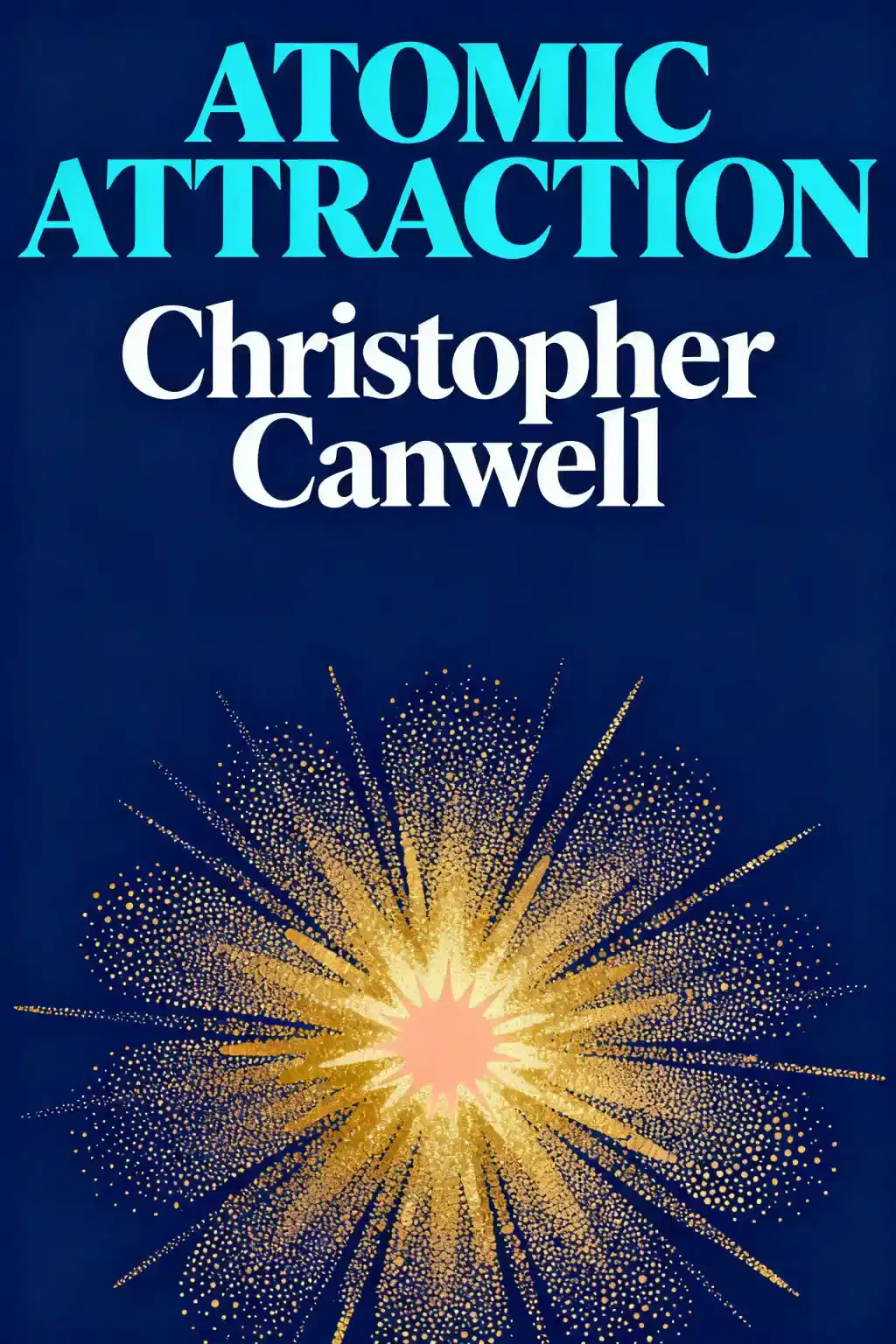
Antimatter by Frank Close Summary
Overview of Antimatter
Dive into the enigmatic world of antimatter with physicist Frank Close, who demystifies this elusive substance powering PET scans and challenging our understanding of the universe. Beyond sci-fi myths like those in "Angels and Demons," discover the fascinating reality of matter's mirror image.
Similar books to Antimatter
Feel the book through the author's voice
Turn knowledge into engaging, example-rich insights
Capture key ideas in a flash for fast learning
Enjoy the book in a fun and engaging way
Key takeaways
The Mirror Universe: Antimatter's Explosive Reality
Imagine a substance so powerful that a gram could power an entire city for a year, yet so dangerous it annihilates everything it touches in a flash of pure energy. This isn't science fiction - it's antimatter, the mysterious opposite of everything we know. When matter meets antimatter, they mutually annihilate, converting their entire mass into pure light according to Einstein's E=mc2. While antimatter features prominently in Star Trek and Dan Brown's "Angels and Demons," the scientific reality is both more mundane and more wondrous than fiction suggests. Antimatter isn't just theoretical - it's produced regularly at CERN and has inspired NASA research into advanced propulsion systems. At the subatomic level, antimatter reveals itself as matter's perfect mirror image. Where electrons carry negative charge, their antimatter counterparts (positrons) carry positive charge. Protons become antiprotons with negative instead of positive charge. This symmetry extends throughout the particle zoo - every matter particle has an antimatter twin with identical mass but opposite charge. The energy released when matter meets antimatter is unmatched by anything else in nature. Chemical reactions release only about one-billionth of the available energy in matter, and nuclear reactions like those in atomic bombs liberate about one percent. Antimatter annihilation releases 100% of the available energy. A kilogram of antimatter meeting a kilogram of matter would generate energy equivalent to about 43 million tons of TNT - enough to power an entire country for months. Unlike fictional doomsday weapons, antimatter's destructive potential is self-limiting - it destroys itself in the process of destroying matter, preventing chain reactions.
The Mathematical Prophet: Dirac's Revolutionary Equation
Cosmic Ray Revelations and Practical Applications
Containing the Uncountainable: Engineering Marvels
The Missing Mirror: Antimatter's Cosmic Scarcity
Beyond Science Fiction: Antimatter's Real-World Impact
The Cosmic Paradox: Our Fortunate Asymmetry
Quick Summary Mode - Read or listen to Antimatter Summary in 9 Minutes
Break down key ideas from Antimatter into bite-sized takeaways to understand how innovative teams create, collaborate, and grow.
Flash Card Mode - Top 8 Insights from Antimatter in a Nutshell
Distill Antimatter into rapid-fire memory cues that highlight Pixar’s principles of candor, teamwork, and creative resilience.

Fun Mode - Antimatter Lessons Told Through 24-Min Stories
Experience Antimatter through vivid storytelling that turns Pixar’s innovation lessons into moments you’ll remember and apply.
Personalize Mode - Read or listen to Antimatter Summary in 0 Minutes
Ask anything, pick the voice, and co-create insights that truly resonate with you.

From Columbia University alumni built in San Francisco

Get the Antimatter summary as a free PDF or EPUB. Print it or read offline anytime.










